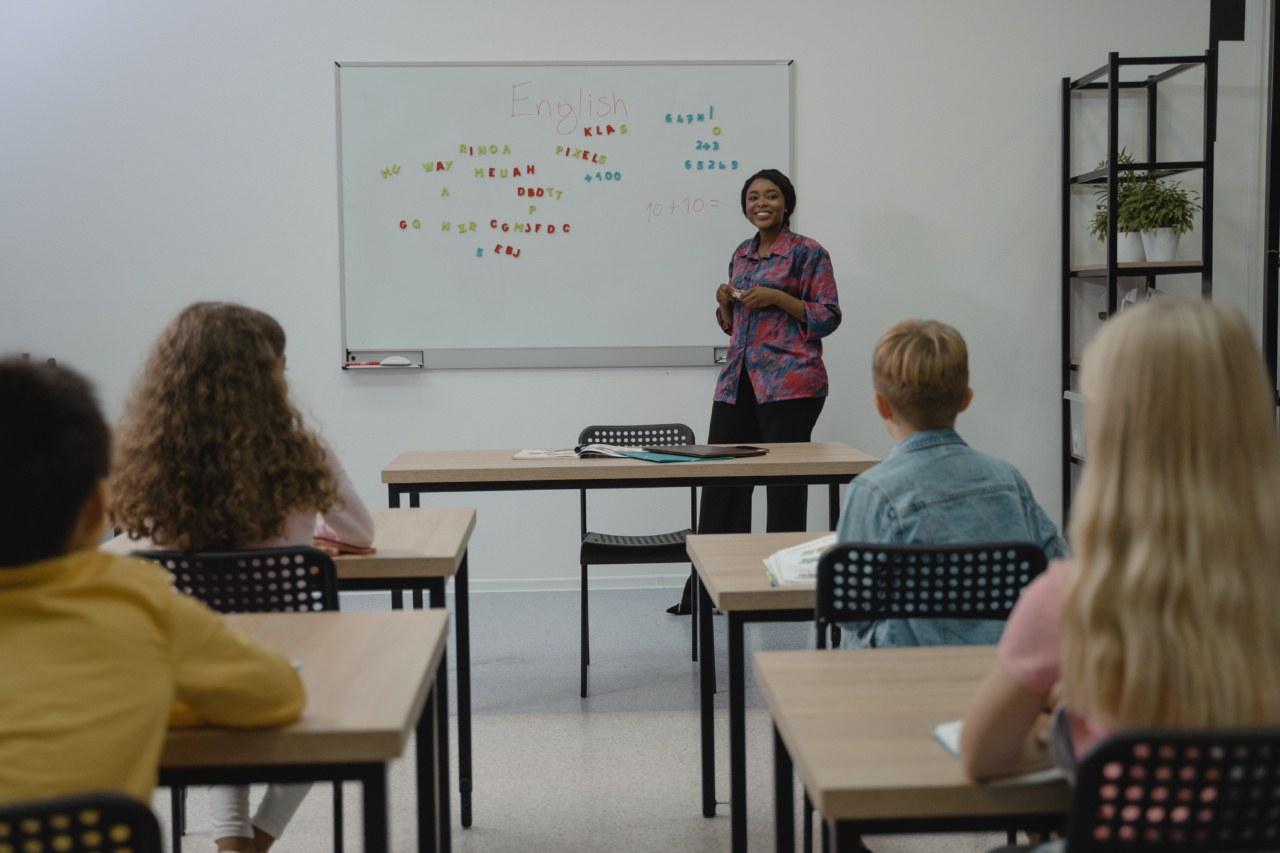Dyslexia is a specific learning disability that affects a person’s ability to read, write, and spell.
It is a neurological disorder that primarily impacts language skills, making it challenging for individuals to decode words and comprehend written texts. While dyslexia is not related to intelligence, it can significantly affect a person’s academic performance and overall self-esteem.
Understanding Dyslexia
Individuals with dyslexia often have difficulty with reading accuracy, reading fluency, and understanding the meaning of what they read.
They may struggle to identify letter-sound connections, reverse letters or numbers, and have trouble remembering the sequence of letters in words. Dyslexia is a lifelong condition that varies in severity from person to person.
Diagnosing Dyslexia
Diagnosing dyslexia involves a comprehensive evaluation by a team of professionals, including educators, psychologists, and reading specialists.
The assessment usually includes tests that measure reading skills, language abilities, and cognitive processes. It is crucial to identify dyslexia early to provide appropriate interventions and support for individuals affected by this learning disability.
Impacts of Dyslexia
The effects of dyslexia extend beyond the academic realm. Individuals with dyslexia often face challenges in daily life, including organization, time management, and learning new skills.
They may experience frustration, anxiety, and low self-esteem due to their struggles with reading and writing. However, with the right support, individuals with dyslexia can achieve success and reach their full potential.
English Stone Lesson for Dyslexia
While dyslexia presents unique challenges, there are strategies and techniques that can assist individuals in improving their reading and language skills.
One effective method is the English Stone Lesson, a multisensory approach that helps dyslexic learners develop phonemic awareness and decoding abilities. The English Stone Lesson is based on the Orton-Gillingham approach, a structured and systematic way of teaching reading to individuals with dyslexia.
The English Stone Lesson Approach
The English Stone Lesson approach uses visual, auditory, and kinesthetic modalities to teach reading and spelling. It focuses on breaking down words into individual sounds and syllables, and then systematically building them back together.
This multisensory approach helps dyslexic learners develop a strong foundation in phonics, phonemic awareness, and word recognition.
The Three Stages of the English Stone Lesson
The English Stone Lesson is divided into three stages:.
Stage 1: Building Phonemic Awareness
In this stage, dyslexic learners are introduced to the sounds of the English language. They learn to identify and manipulate individual phonemes and develop an understanding of the sound-symbol relationship.
This helps them decode words and improves their overall reading fluency.
Stage 2: Expanding Vocabulary
Once dyslexic learners have a solid foundation in phonemic awareness, they move on to stage two. In this stage, they learn to recognize and spell common sight words, understand word families, and explore the patterns and rules of the English language.
Building a robust vocabulary is essential for improving reading comprehension and written expression.
Stage 3: Reading Fluency and Comprehension
The final stage of the English Stone Lesson focuses on developing reading fluency and comprehension. Dyslexic learners practice reading passages and texts with increased complexity, applying the phonics skills and strategies they have acquired.
They learn to use context clues, infer meaning, and make connections between words and their meanings.
Benefits of the English Stone Lesson
The English Stone Lesson offers several benefits for dyslexic learners:.
1. It provides a structured and systematic approach to reading instruction, which is crucial for dyslexic individuals who thrive on consistency and routine.
2. It incorporates multisensory techniques, engaging different modalities to reinforce learning and strengthen neural connections.
3. It builds confidence and motivation in dyslexic learners by offering them a step-by-step approach to overcome reading difficulties.
4. It addresses the specific needs of dyslexic individuals, focusing on their strengths and helping them succeed in reading and language skills.
5. It can be adapted and personalized to accommodate each individual’s learning style and pace.
Conclusion
While dyslexia may present challenges in reading and language skills, the English Stone Lesson provides an effective and structured approach to help dyslexic learners develop their phonemic awareness, decoding abilities, and reading comprehension.
By using the principles of multisensory learning, this method empowers individuals with dyslexia to overcome their struggles and unlock their full potential.





























